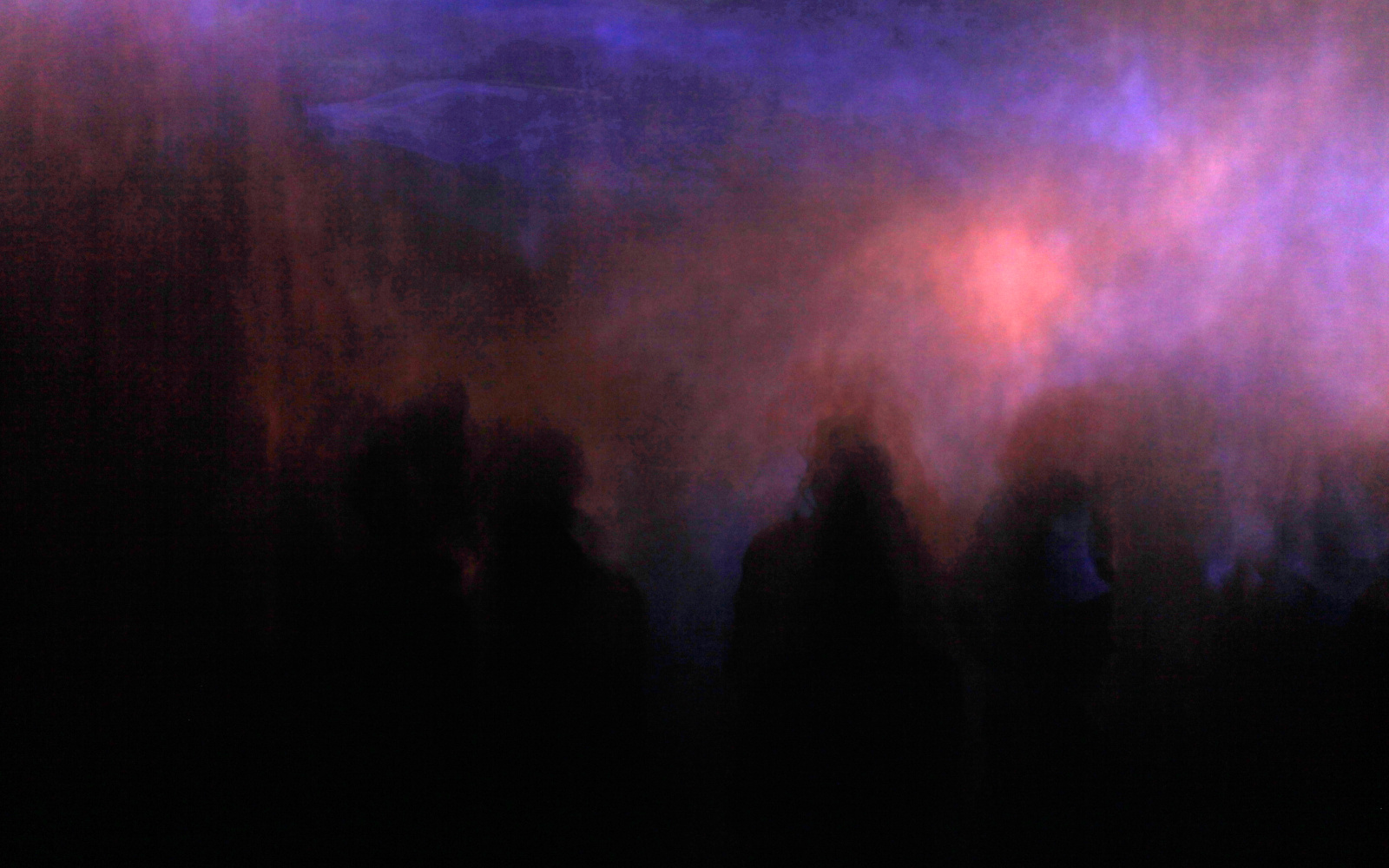- Exhibition
Mischa Kuball: Platon's Mirror
Sun, February 13 – Sun, April 03, 2011
- Location
- ZKM | Museum of Contemporary Art
Düsseldorf-based media artist Mischa Kuball is among the few artists who has consistently understood light’s (socio-)political dimensions and used the media accordingly in numerous works and installations. In his new exhibition project »platon's mirror«, two additional aspects are included: a perception-aesthetics component, as well as the possibility of a novel type of image generation through computer tomography. This gives rise to highly topical issues within art, and for it. Within the project, light politics and media politics are re-negotiated.
The idea for »platon's mirror« is based on one of the most influential stories within European literature: Plato’s cave allegory. In it, the philosopher draws a distinction between two forms of reality: the reality of the visible world and the (true) reality of ideas. For an artist such as Kuball, who is in a class of his own in his confrontation with the phenomenon of light in his work, the cave allegory necessarily became an artistic challenge. In simple and highly effective installations using projectors, silver foil, photographs and videos, Kuball creates spaces that can be considered analogous to the situation in Plato's story about the cave. On the other hand, in his photographs and videos Kuball translates the complex relationships among light source, reflection, silhouettes, and representation into seemingly endless stages of mediation, within which reality is continually newly constituted as the reality of its reflection.
Kuball's engagement with the cave allegory occurs in an era in which the problem of »reality« is viewed almost exclusively in sociological and political terms rather than philosophical ones. The talk of the »performativity« of everything real seems to render obsolete any question of what is truly real within reality. Kuball's recourse to Plato is tied to the question of whether all reality can so simply be interpreted as a social construct, and whether human reason is still useful when it comes to comprehending a distinction between reality and apparition. In this sense, platon’s mirror can be seen as not only an attempt to problematize the timeliness of Plato, but moreover, to again question the classical linking of the metaphor of light and the idea of Enlightenment thought.
Supplementing the project, ca. forty black-and-white computer tomography images will be on display in the exhibition. The pictures are images of photographic equipment, which amounts to the computer tomographic penetration of cameras and video cameras. The redundancy of the medial process likewise brings up questions related to reality and its reproduction.
The idea for »platon's mirror« is based on one of the most influential stories within European literature: Plato’s cave allegory. In it, the philosopher draws a distinction between two forms of reality: the reality of the visible world and the (true) reality of ideas. For an artist such as Kuball, who is in a class of his own in his confrontation with the phenomenon of light in his work, the cave allegory necessarily became an artistic challenge. In simple and highly effective installations using projectors, silver foil, photographs and videos, Kuball creates spaces that can be considered analogous to the situation in Plato's story about the cave. On the other hand, in his photographs and videos Kuball translates the complex relationships among light source, reflection, silhouettes, and representation into seemingly endless stages of mediation, within which reality is continually newly constituted as the reality of its reflection.
Kuball's engagement with the cave allegory occurs in an era in which the problem of »reality« is viewed almost exclusively in sociological and political terms rather than philosophical ones. The talk of the »performativity« of everything real seems to render obsolete any question of what is truly real within reality. Kuball's recourse to Plato is tied to the question of whether all reality can so simply be interpreted as a social construct, and whether human reason is still useful when it comes to comprehending a distinction between reality and apparition. In this sense, platon’s mirror can be seen as not only an attempt to problematize the timeliness of Plato, but moreover, to again question the classical linking of the metaphor of light and the idea of Enlightenment thought.
Supplementing the project, ca. forty black-and-white computer tomography images will be on display in the exhibition. The pictures are images of photographic equipment, which amounts to the computer tomographic penetration of cameras and video cameras. The redundancy of the medial process likewise brings up questions related to reality and its reproduction.
Imprint
- Curator
Organizing Organization / Institution
ZKM | Museum für Neue Kunst
Accompanying program
